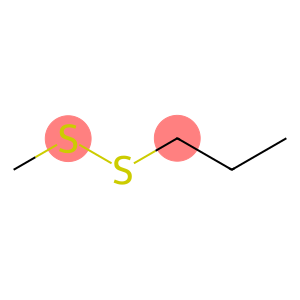4-Aminobutyric acid(CAS#56-12-2)
Risk and Safety
| Risk Codes | R36/37/38 – Irritating to eyes, respiratory system and skin. R20/21/22 – Harmful by inhalation, in contact with skin and if swallowed. |
| Safety Description | S26 – In case of contact with eyes, rinse immediately with plenty of water and seek medical advice. S36 – Wear suitable protective clothing. |
| WGK Germany | 2 |
| RTECS | ES6300000 |
| TSCA | Yes |
| HS Code | 29224995 |
| Hazard Note | Irritant |
4-Aminobutyric acid(CAS#56-12-2)
quality
This product is a white or almost white crystalline powder, slightly odorous, and hygroscopic. This product is easily soluble in water, slightly soluble in hot ethanol, insoluble in other organic solvents. Melting point 197~203 °C (decomposition).
It is an inhibitory transmitter of central nerve synaptose, which is very abundant in the brain and occupies an important position in the energy metabolism of the brain, which can activate glucose metabolism in the brain, promote the biosynthesis of acetylcholine, reduce blood ammonia, restore brain cell function, and enhance the activity of glucophosphatase.
use
It is clinically used for memory impairment, language impairment, one-sided paralysis caused by hepatic coma and cerebrovascular disorders, as well as sequelae of traumatic brain injury, pediatric spasms and epilepsy. The effect of convulsions and agitation in hepatic coma is better.
Usage and dosage Intravenous drip, 1~4g each time, mixed with 500mL of 5% glucose solution, slowly instilled, 2~3 hours to finish. Oral, LG each time, 3~4 times a day.
security
Intravenous injection of mice, LD50 4~5g/kg. There are gastrointestinal disorders, insomnia, headache, fever. Large doses or injection too fast can cause blood pressure reduction, respiratory depression, muscle weakness, and movement disorders. If there is an adverse reaction during the instillation process, the drug should be discontinued immediately








